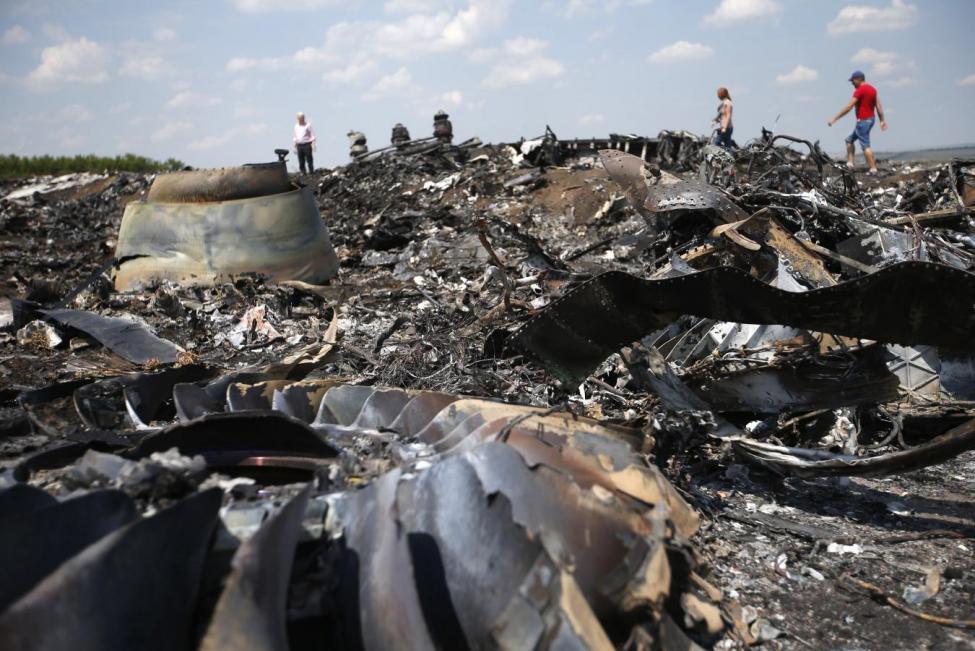
"There were no airborne side objects near the Malaysian airliner. Except for two commercial aircraft – No. 1775 and No. 4722. The first plane appeared long before the disaster, and the second was at a distance of over 30 km from it. There were no any side objects near the plane before its disintegration," Viktor Meshcheryakov, deputy chief constructor from Lianozovo Electromechanical Plant, which develops radar station Utyos-T, said at a briefing in Moscow just two days prior to a new report to be released by a Dutch-led investigative team.
The Russian Defense Ministry presented evidence faking their previous MH17 evidence, says the Bellingcat open source research team, which has been scrutinizing MH17-related proof in its own investigation.
Read alsoMH17 crash in Donbas: Bellingcat explains why Russia provides radar data so lateOn July 21, 2014, the Russian Defense Ministry claimed that the "Russian system of air control detected the Ukrainian Air Force aircraft, purposed Su-25, moving upwards toward to the Malaysian Boeing 777. The distance between aircrafts was 3-5 kilometers," Bellingcat flashed back with reference to the ministry's report.
"They would also go on to claim that shortly after MH17 began to break up, an object appeared on radar that they identified as an aircraft close to MH17. In today's press conference, the story had changed completely. No longer was the Russian Defense Ministry talking about SU-25s, but now there was in fact no other aircraft, or any other object close to MH17. Now we have the Russian Defense Ministry themselves confirming Bellingcat's earlier work that demonstrated they had produced false evidence at their July 21st 2014 MH17 press conference," Bellingcat said.
Volodymyr Babak, the general designer of the Su-25 jet aircraft, also gave the lie to the Russian theory, saying that the Su-25 cannot bring down a plane flying at an altitude of 10,500 meters.
Read alsoMore MH17 docs released, Dutch govt. assumed Russian separatist to be responsibleDutch Safety Board, which has been probing into the circumstances of the MH17 crash, concluded last year that a Buk missile had shot down the Malaysian airline and that it was fired from militant-controlled territory in Donbas. However, it did not specify who had fired the missile.
The next portion of the report is to be released on September 29, which is expected to pinpoint to the exact site of the launch of the missile.
The MH17 plane heading from en route from Amsterdam to Kuala Lumpur was shot down on July 17, 2014, killing all 298 people aboard.

